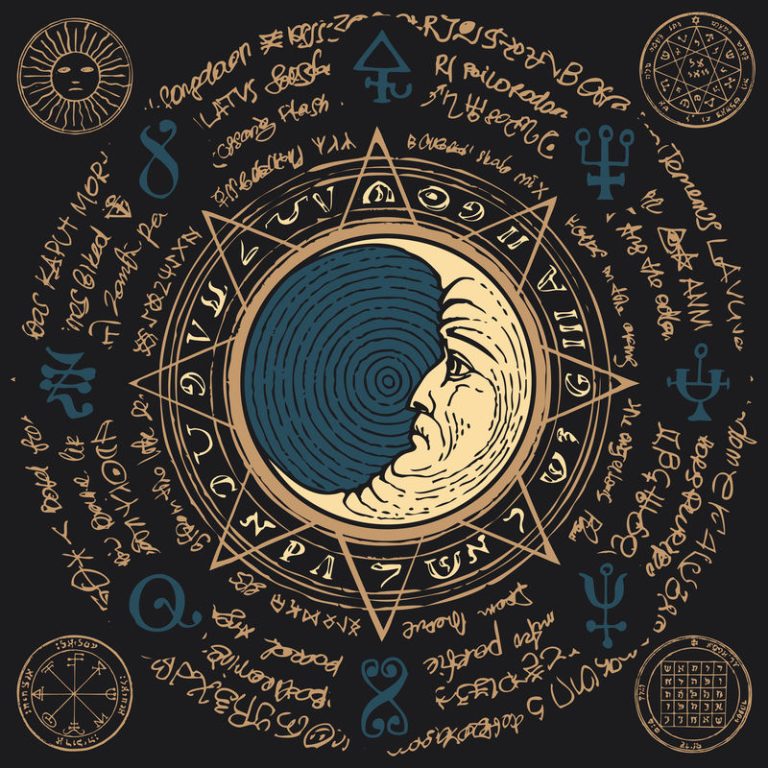Hetian Jade, the quintessential representative of China’s traditional jade culture, is primarily composed of tremolite (chemical formula: Ca₂(Mg,Fe)₅Si₈O₂₂(OH)₂) with trace elements such as chromium and nickel. It has a Mohs hardness of 6-6.5, a density of 2.9-3.1 g/cm³, and exhibits a characteristic fibrous interwoven structure. Classified by color, it includes five main varieties: white jade (the most prized “mutton fat” jade for its creamy texture), green jade, yellow jade, black jade, and jasper.
In traditional Chinese culture, Hetian Jade is believed to possess three key properties:
- Health Benefits: Compendium of Materia Medica records its ability to “calm the spirit and regulate blood circulation.” Modern research suggests trace elements can be absorbed through skin contact.
- Emotional Stability: Its smooth, warm texture is thought to alleviate anxiety.
- Cultural Significance: The ancient saying “a gentleman’s virtue is likened to jade” reflects its role in moral cultivation.
Today, Hetian Jade remains the premier material for high-end jewelry and artistic carvings, valued for both its collectible worth and cultural depth.





